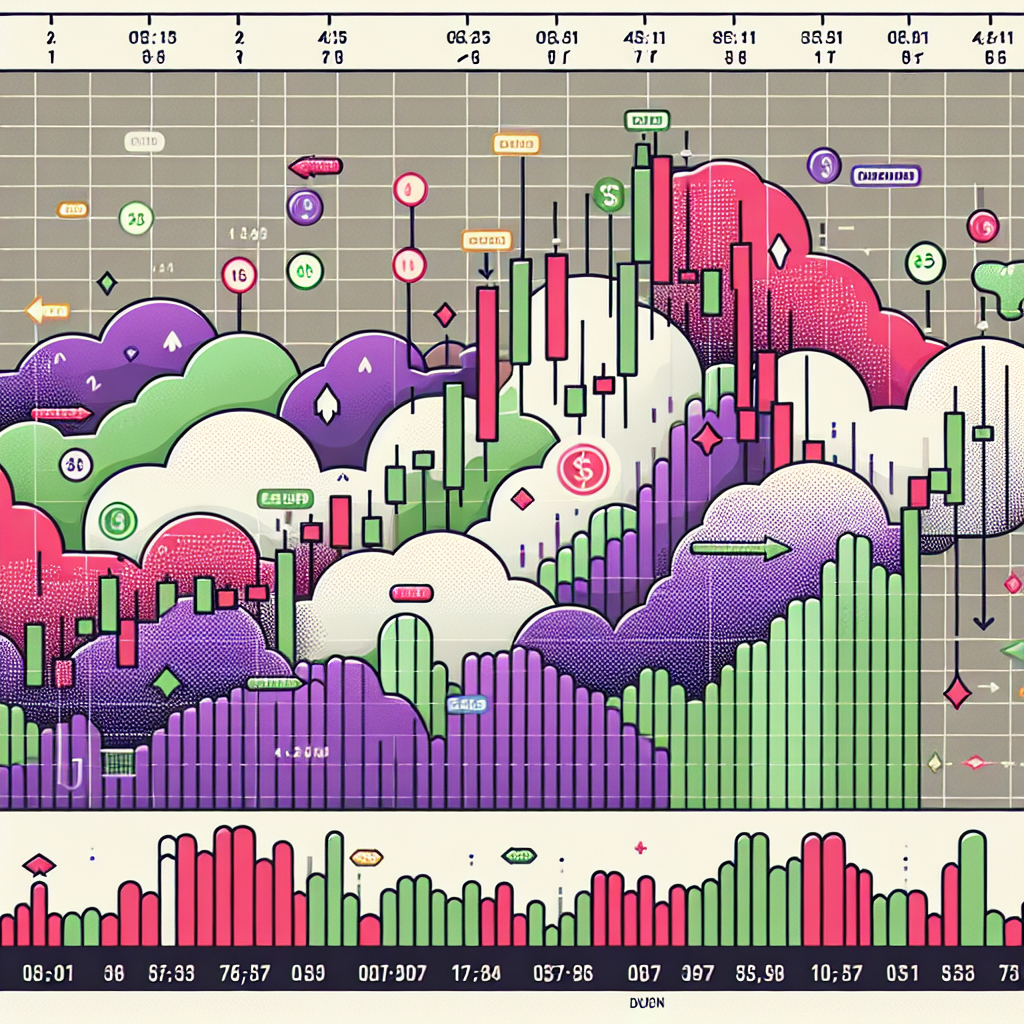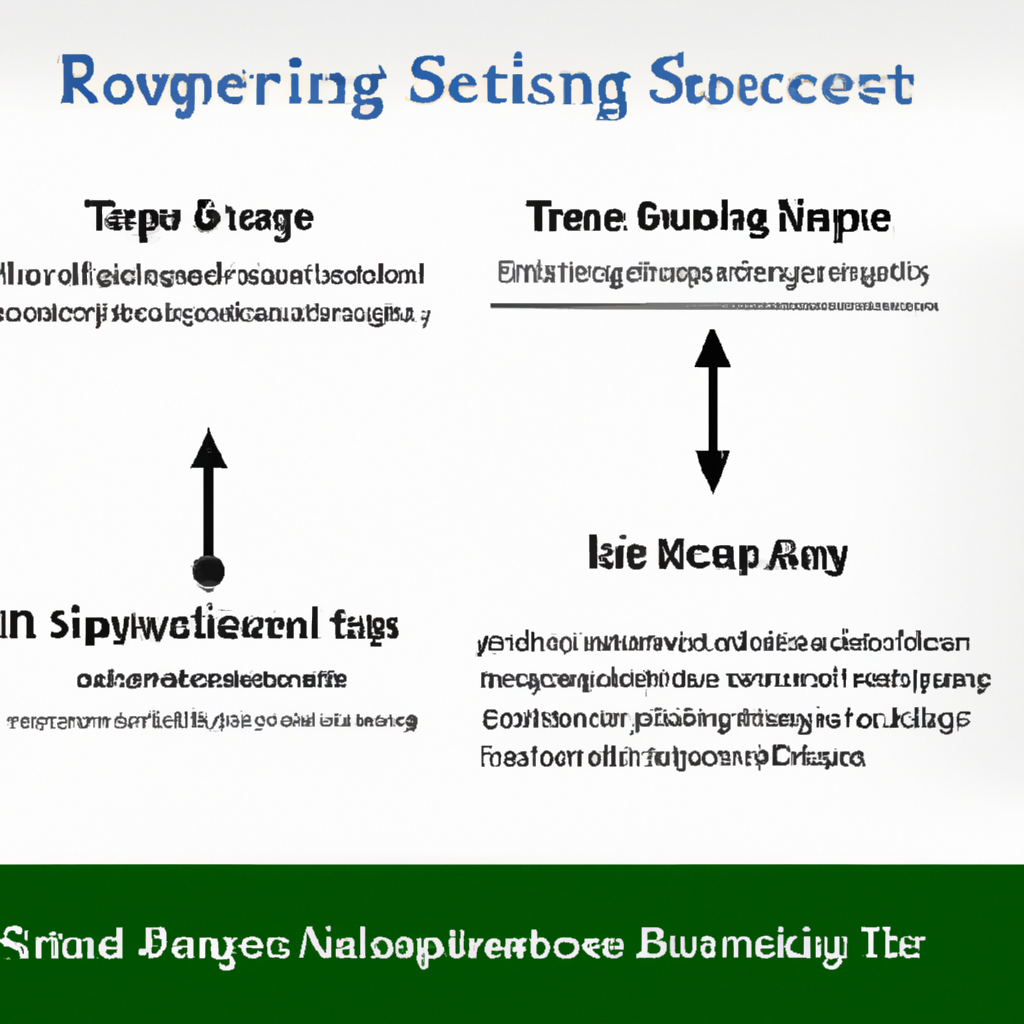Analyzing Overbought and Oversold Conditions
Introduction
Overbought and oversold conditions are commonly used terms in technical analysis to identify potential reversal points in financial markets. They indicate when an asset’s price has deviated significantly from its average value and may be due for a correction. Traders and investors use various indicators and tools to analyze these conditions and make informed trading decisions. In this article, we will explore the concept of overbought and oversold conditions, the indicators used to identify them, and how to interpret these signals.
Understanding Overbought and Oversold
Overbought and oversold conditions are relative terms that describe the price levels at which an asset is considered to be trading beyond its normal range. These conditions suggest that the asset’s price may have become overvalued or undervalued, indicating a potential reversal in the near future.
When an asset is overbought, it means that its price has risen too rapidly and is likely to experience a downward correction. On the other hand, oversold conditions occur when an asset’s price has fallen too quickly and is expected to rebound.
Indicators for Analyzing Overbought and Oversold Conditions
Several technical indicators can help identify overbought and oversold conditions in the market. These indicators use mathematical calculations based on price and volume data to generate signals. Here are some commonly used indicators:
1. Relative Strength Index (RSI): The RSI is a momentum oscillator that measures the speed and change of price movements. It ranges from 0 to 100 and is typically considered overbought when above 70 and oversold when below 30.
2. Stochastic Oscillator: The stochastic oscillator compares an asset’s closing price to its price range over a specific period. It also ranges from 0 to 100 and is considered overbought above 80 and oversold below 20.
3. Moving Average Convergence Divergence (MACD): The MACD is a trend-following momentum indicator that calculates the difference between two moving averages. It generates overbought and oversold signals when the MACD line diverges significantly from the signal line.
Interpreting Overbought and Oversold Signals
When an asset enters an overbought condition, it does not necessarily mean that the price will immediately reverse. Similarly, oversold conditions do not guarantee an immediate rebound. Traders must consider other factors such as market trends, volume, and price patterns to confirm potential reversals.
Overbought conditions indicate that buying pressure may be exhausted, and a downward correction could occur. Traders might consider selling or taking profits on their positions.
Oversold conditions suggest that selling pressure may be exhausted, and a potential rebound is likely. Traders might consider buying or entering long positions.
It is important to note that overbought and oversold conditions can persist for extended periods, especially in strongly trending markets. Therefore, it is crucial to use these signals in conjunction with other technical analysis tools for confirmation.
Conclusion
Analyzing overbought and oversold conditions is an essential aspect of technical analysis for traders and investors. By using indicators such as the RSI, stochastic oscillator, and MACD, market participants can identify potential reversal points and make informed trading decisions. However, it is important to remember that overbought and oversold conditions are not standalone signals and should be used in conjunction with other technical analysis tools for accurate predictions.



